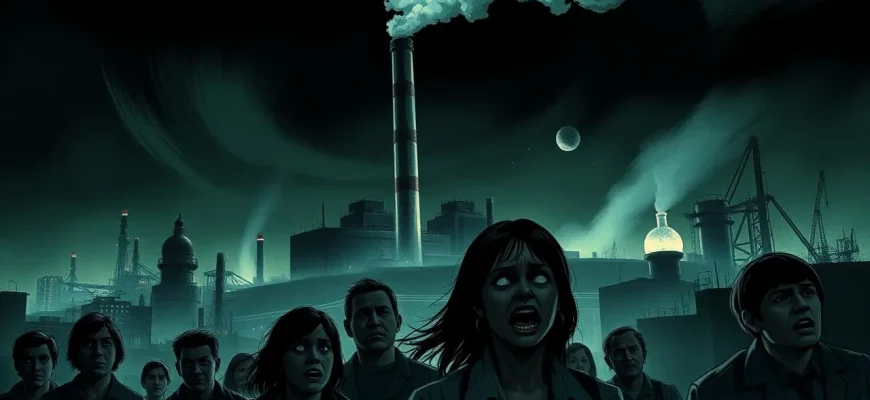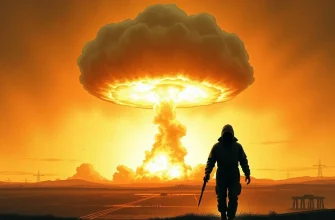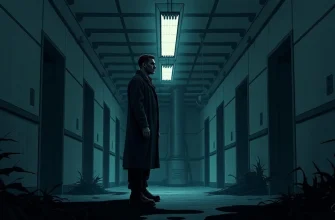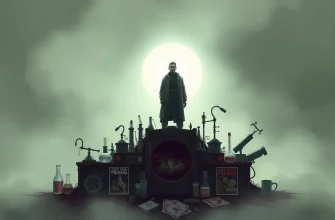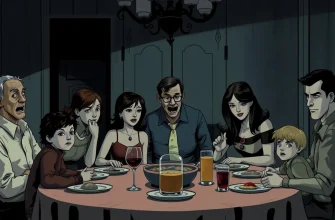Welcome to our spine-chilling collection of horror films that delve into the terrifying realm of chemical weapons. These movies not only thrill with their suspense and horror but also offer a grim reflection on the potential misuse of science. Whether it's a deadly gas or a sinister experiment gone wrong, these films will keep you on the edge of your seat, pondering the ethical boundaries of human ingenuity.
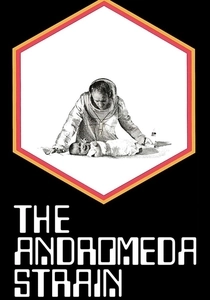
The Andromeda Strain (1971)
Description: A team of scientists must stop an alien microorganism from wiping out humanity. While not a chemical weapon, the film explores the concept of biological threats from space.
Fact: The film was directed by Robert Wise, who also directed "The Sound of Music." It was one of the first films to use computer graphics for its title sequence.
 Watch Now
Watch Now 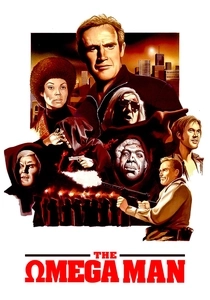
The Omega Man (1971)
Description: After a biological war, a lone survivor battles mutants created by the weapon. The film delves into the aftermath of chemical warfare and its impact on humanity.
Fact: This film is a loose adaptation of Richard Matheson's novel "I Am Legend." Charlton Heston stars as the last man on Earth.
 Watch Now
Watch Now 
The Toxic Avenger (1984)
Description: A janitor falls into a vat of toxic waste, turning him into a mutant superhero. While more of a comedy-horror, it deals with the consequences of chemical pollution.
Fact: The film became a cult classic and spawned several sequels. It was produced by Troma Entertainment, known for its low-budget, over-the-top horror films.
 Watch Now
Watch Now 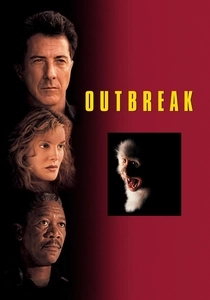
Outbreak (1995)
Description: A deadly virus escapes from Africa, leading to a race against time to contain it before it becomes a global catastrophe. The film touches on themes of biological weapons and government cover-ups.
Fact: The film was inspired by the book "The Hot Zone" by Richard Preston. It was one of the first movies to use CGI for virus simulation.
 Watch Now
Watch Now 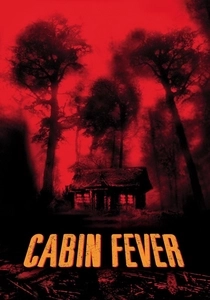
Cabin Fever (2002)
Description: While not strictly about chemical weapons, the film features a flesh-eating virus that could be interpreted as a biological weapon. A group of college graduates face a gruesome fate in a remote cabin.
Fact: Eli Roth, the director, used real blood and gore effects to create an authentic horror experience. The film was shot in North Carolina.
 Watch Now
Watch Now 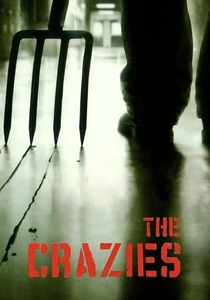
The Crazies (2010)
Description: A small town's water supply is contaminated with a biological weapon, turning residents into homicidal maniacs. The film captures the chaos and desperation as survivors try to escape the madness.
Fact: The film is a remake of George A. Romero's 1973 film of the same name. The original was inspired by real-life events like the Tuskegee syphilis experiment.
 Watch Now
Watch Now 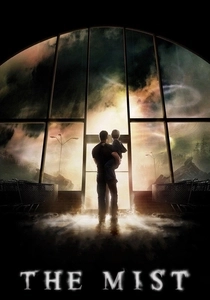
The Mist (2007)
Description: After a mysterious mist engulfs a town, creatures emerge, possibly the result of a military experiment gone wrong. The film explores the terror of unknown biological threats.
Fact: Directed by Frank Darabont, the film ends with one of the most controversial and debated finales in horror cinema.
 Watch Now
Watch Now 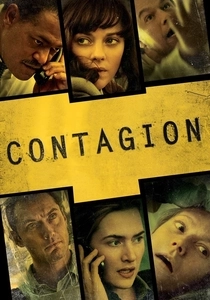
Contagion (2011)
Description: Although primarily a medical thriller, the film explores the spread of a deadly virus, which could be seen as a biological weapon. It shows the global panic and the race to find a cure.
Fact: The film's scientific accuracy was praised by experts. It was released during the swine flu outbreak, adding to its eerie relevance.
 Watch Now
Watch Now 
The Day of the Triffids (1962)
Description: A comet shower blinds most of humanity, and carnivorous plants take over. While not chemical weapons, the plants' origins could be interpreted as biological warfare.
Fact: The film was based on John Wyndham's novel. It was remade for television in
 30 Days Free
30 Days Free 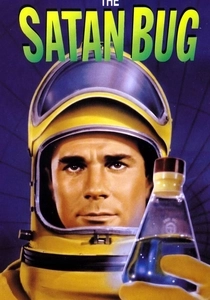
The Satan Bug (1965)
Description: A scientist steals a deadly virus from a secret lab, threatening to unleash it unless his demands are met. The film showcases the tension and fear of biological warfare.
Fact: The film was based on a novel by Alistair MacLean, who also wrote "The Guns of Navarone." It was one of the first films to deal with the concept of biological terrorism.
 30 Days Free
30 Days Free 
